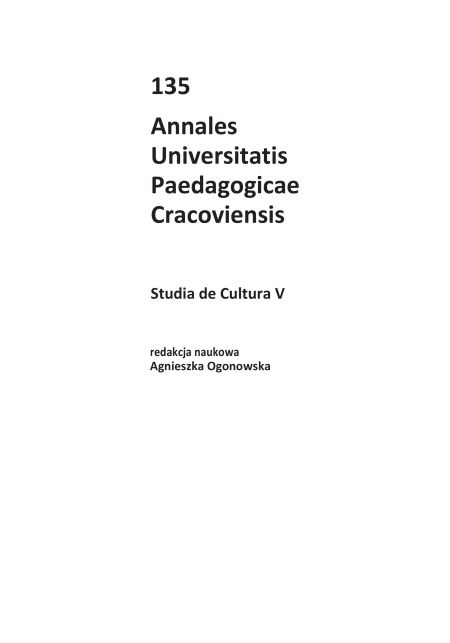Abstrakt
Watch out for Rapunzel!
Adaptations of classic children’s stories, especially fairytales and fables, are very popular among today’s publishers.
Those adaptations, not necessarily done correctly, often confuse the audience, especially those who are not familiar with the originals, and therefore will not notice the changes destructive to the story. I will try to explain what exactly causes this “damage”, also affecting the youngest, most trusting listeners, namely children, on the example of Grimm brothers’ “Rapunzel”, and its adaptations into literary and animated versions.
Bibliografia
Bettelheim B. (1986), Cudowne i pożyteczne. O znaczeniach i wartościach baśni, t. I–II, Warszawa.
Zobacz w Google Scholar
Grimm W., Grimm J. (1944), Bajki z ilustracjami, tłum. M. Tarnowski, Kraków.
Zobacz w Google Scholar
Grimm W., Grimm J. (2005), Roszpunka, Oxford Educational Sp. z o.o., Słupsk, Wielka Kolekcja Bajek.
Zobacz w Google Scholar
Łabęcka-Koecherowa M. (1993), Dzieci drzewa, „Albo/albo”, nr 3.
Zobacz w Google Scholar
Słownik psychoanalizy (1990), red. E. Burness Moore, D. Bernard Fine, przeł. E. Modzelewska, Warszawa.
Zobacz w Google Scholar

